
Museo Etnográfico de Castilla y León
Explore the rich traditions and rural life of Castilla y León through fascinating artifacts and modern architecture.
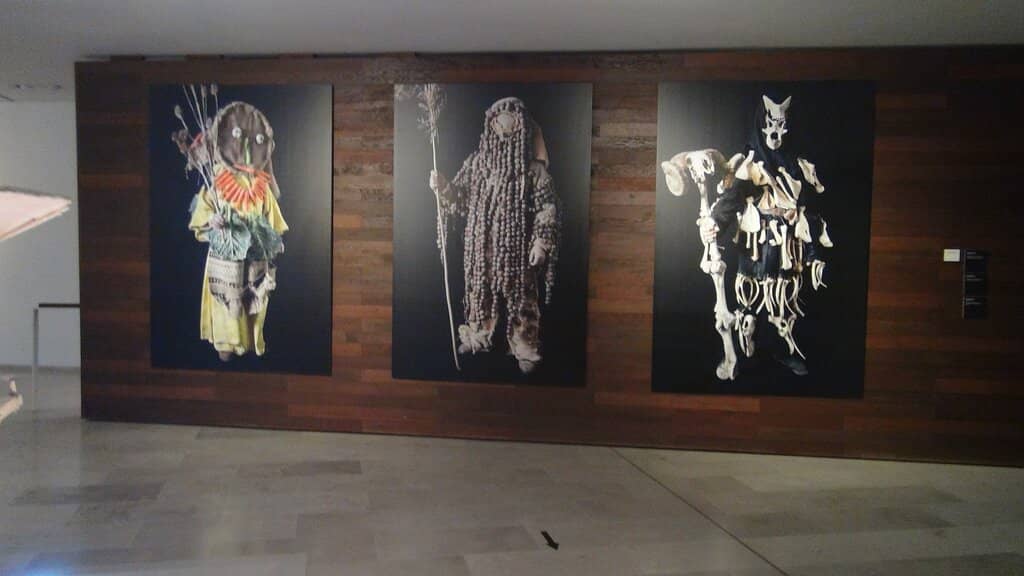
Highlights
Must-see attractions
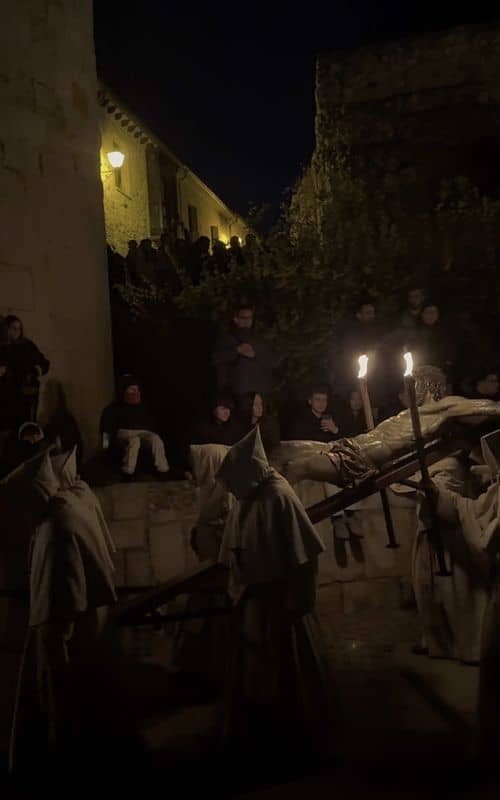
Social
From TikTok & Reddit
Best Time
Fewer crowds, more relaxed visit

Museo Etnográfico de Castilla y León
Best Time
Fewer crowds, more relaxed visit

Highlights
Must-see attractions
Explore the rich traditions and rural life of Castilla y León through fascinating artifacts and modern architecture.
"Fascinating modern museum which gives a great insight into life and traditions in rural Castile. "
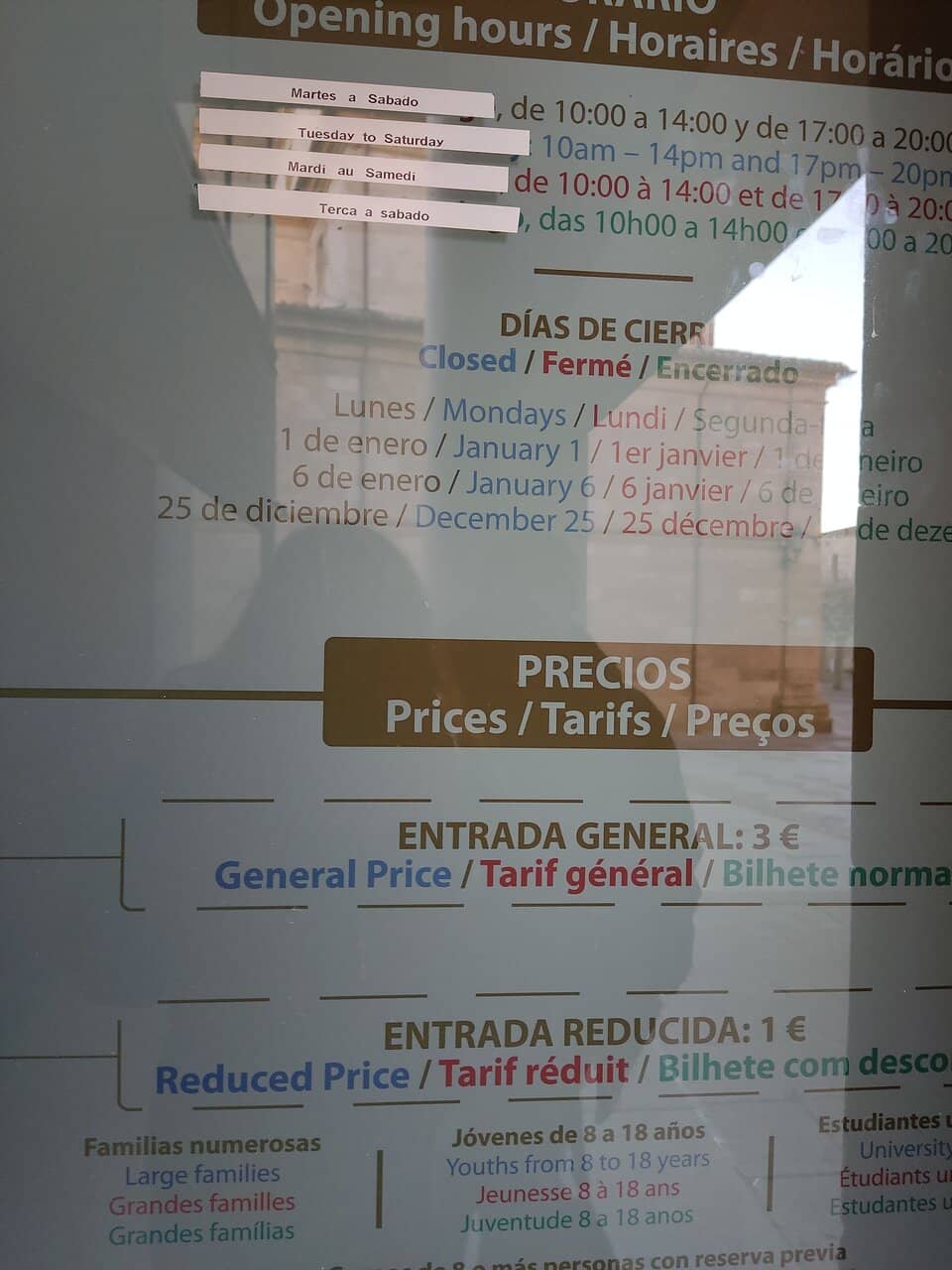
🗣️ Download Translation App
Crucial for understanding exhibits as most info is in Spanish. :iphone:
⏳ Allow Time for Exhibits
Some find the narrative shallow, but deeper dives are rewarding. :clock:
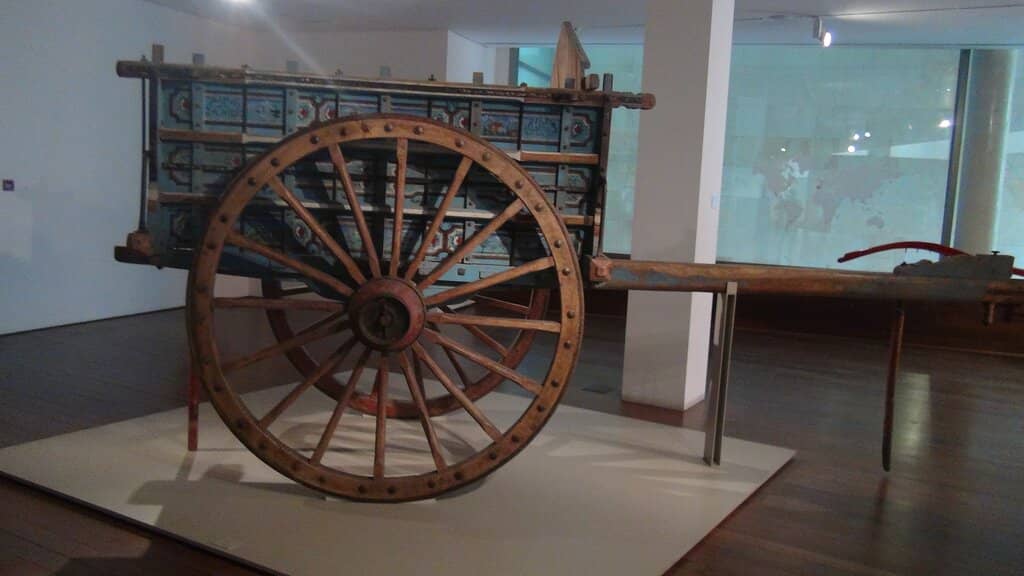
Highlights
Discover the most iconic attractions and experiences
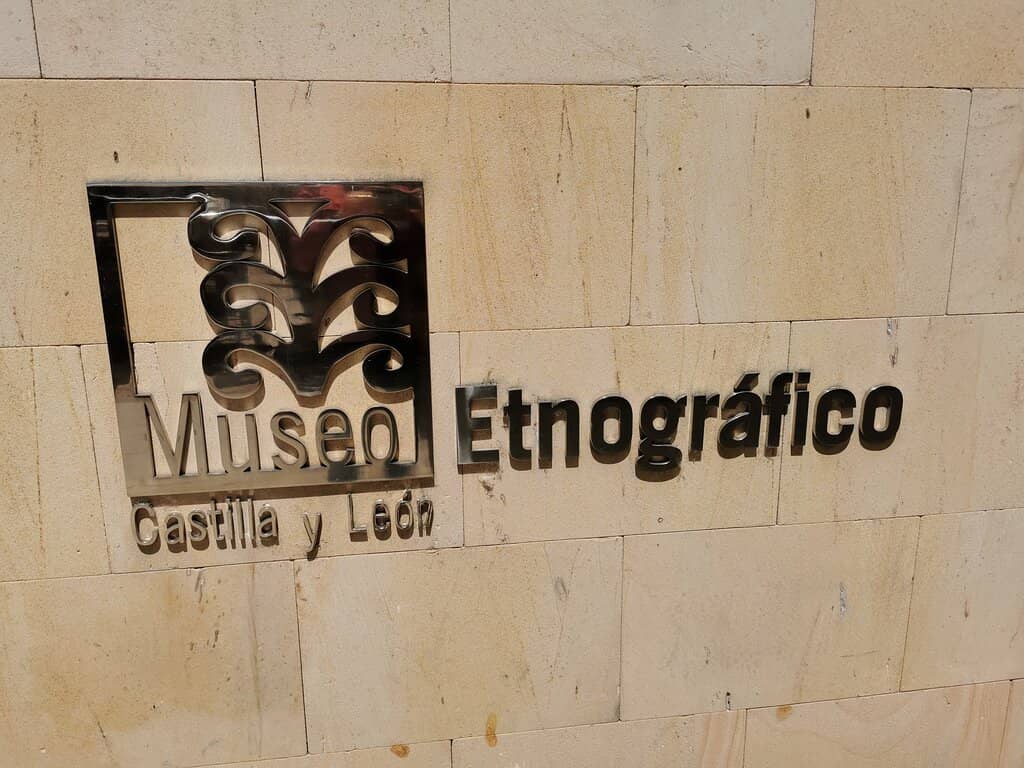
Traditional Castilian Life
Main exhibition halls
Explore artifacts showcasing rural life, traditions, and beliefs of old Castile and León.
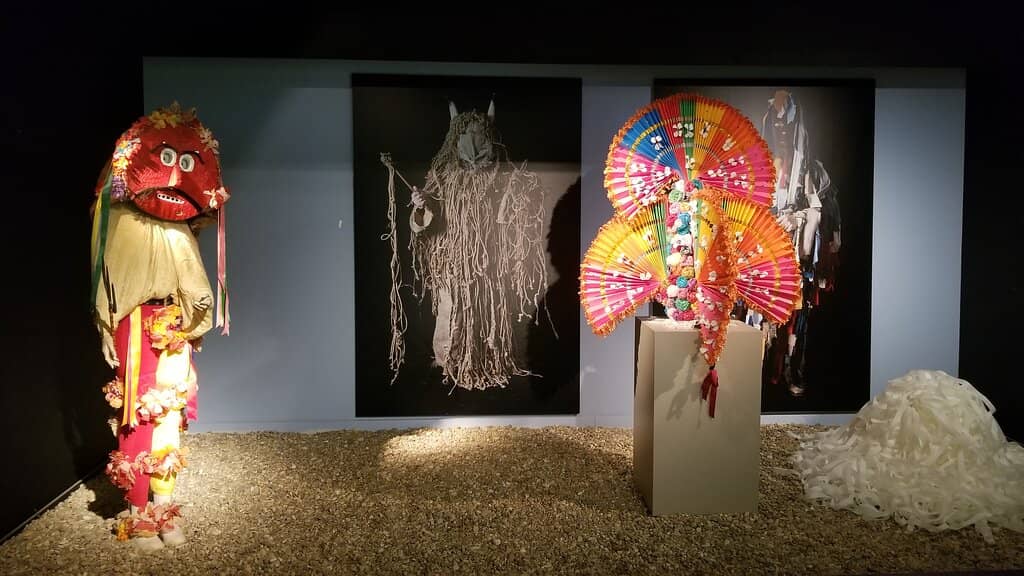
Architectural Design
Entire museum building
Admire the museum's modern and striking architecture, often compared to a high-end shopping experience.
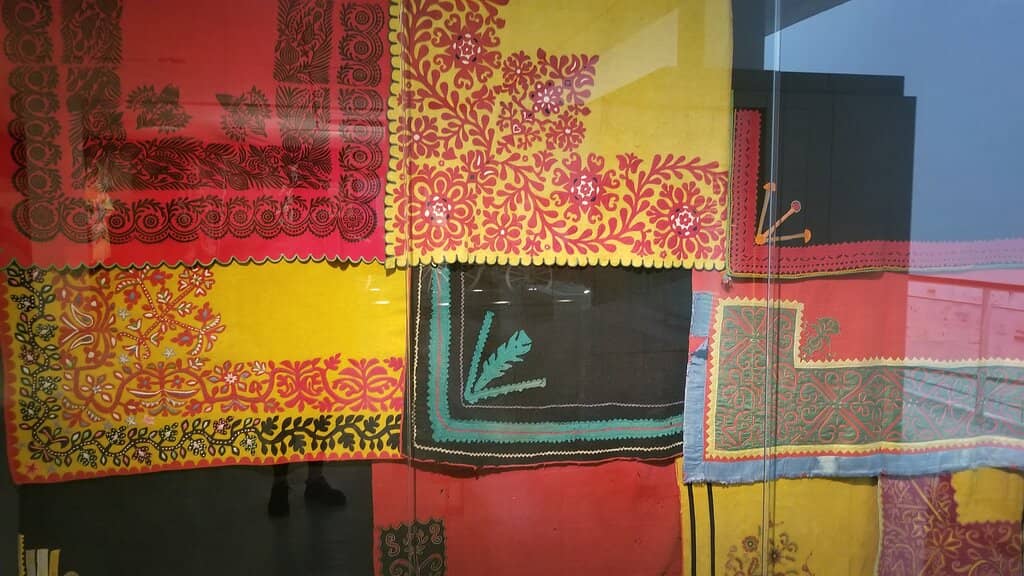
Special Exhibitions
Temporary exhibition spaces
Discover rotating exhibits on diverse topics, from local history to unique cultural phenomena.
Plans like a pro.
Thinks like you
Planning Your Visit
Language Barrier Alert
Timing Your Visit
Best Times
Insider Tips
from TikTok, Instagram & Reddit
🗣️ Download Translation App
Crucial for understanding exhibits as most info is in Spanish. :iphone:
⏳ Allow Time for Exhibits
Some find the narrative shallow, but deeper dives are rewarding. :clock:
🚶♀️ Check Toilet Locations
Toilets are located on the lowest floor. :toilet:
✨ Explore Special Exhibits
Don't miss temporary displays for unique cultural insights. :sparkles:
Tips
from all over the internet
🗣️ Download Translation App
Crucial for understanding exhibits as most info is in Spanish. :iphone:
⏳ Allow Time for Exhibits
Some find the narrative shallow, but deeper dives are rewarding. :clock:
🚶♀️ Check Toilet Locations
Toilets are located on the lowest floor. :toilet:
✨ Explore Special Exhibits
Don't miss temporary displays for unique cultural insights. :sparkles:
📸 Admire the Architecture
The building itself is a highlight, praised for its modern design. :camerawithflash:
What Travellers Say
Reviews Summary
Visitors praise the Museo Etnográfico de Castilla y León for its fascinating insights into rural Castilian life and its strikingly modern architectural design. However, the lack of multilingual information is a significant drawback for non-Spanish speakers, and some feel the exhibition narrative could be more profound.
"It's a really nice place, however if you don't speak Spanish bring Google Translate, because everything is only Spanish..."
Ádám Nagy
"The anthropological world view that’s the basis of this exhibition I find lacking, as there’s no such a meaning or truth beyond human customs which is reduced to. Being on a pilgrimage to Santiago this is not what drives me. Nevertheless, the design of the museum is amazing. Everything is displayed like a Bond Street shopping experience. What does get trite though is the reduction of these people’s lives to mere examples of a type. There are stories, passion, people’s lives and endurance that are connected with all these objects and none of this gets touched upon. So the visit of the museum rings sad and hollow. Nevertheless, worth a visit."
M. B.
"Fascinating modern museum which gives a great insight into life and traditions in rural Castile."
Bruce Taylor
What People Like
What People Dislike
Frequently Asked Questions
🚇 🗺️ Getting There
The museum is located in Zamora, Spain. While specific public transport details aren't widely shared, Zamora is accessible by train and bus from major Spanish cities. Once in Zamora, the museum is likely within walking distance or a short taxi ride from the city center.
Information on dedicated parking for the museum is scarce. Visitors may need to find public parking in the surrounding areas of Zamora. It's advisable to check local parking regulations upon arrival.
Zamora has a public bus system. While specific routes to the museum aren't detailed in social media, it's a good idea to check local bus maps or ask at your accommodation for the most convenient route.
The museum is noted for its modern design, which often implies good accessibility. However, specific details about ramps, elevators, or accessible restrooms are not readily available. It's recommended to contact the museum directly for precise information.
Travel times to Zamora vary. For example, from Madrid, it's approximately a 2.5 to 3-hour train journey. From other regions, bus or car travel might be longer.
🎫 🎫 Tickets & Entry
Opening hours can vary, and it's best to check the official museum website or social media for the most up-to-date information. Some reviews mention closing times around 2 PM, suggesting potential limited afternoon hours on certain days.
Admission prices are not consistently mentioned. One visitor reported being let in for free for a quick look, suggesting that sometimes entry might be flexible or free during specific times. It's advisable to confirm pricing beforehand.
There's no strong indication that advance booking is required. However, for special exhibitions or during peak tourist seasons, it might be a good idea to check if pre-booking is recommended.
Information on discounts for students, seniors, or groups is not readily available. It's recommended to inquire directly with the museum or check their official channels for any potential offers.
The museum participates in local events and festivals, such as the Festival Mamut. It's wise to check their schedule for any special opening hours or closures during holidays or specific events.
🎫 🧭 Onsite Experience
Yes, overwhelmingly. Most exhibits and informational materials are exclusively in Spanish. Visitors who don't speak Spanish are strongly advised to use a translation app like Google Translate to fully appreciate the exhibits.
The museum focuses on the ethnography of Castilla y León, showcasing traditional rural life, clothing, beliefs, and household items. It offers insights into the history and culture of the region.
The museum is praised for its modern design and display style, often described as elegant and visually appealing. However, one visitor noted a lack of signage, so it's good to be prepared to explore.
Information on regular guided tours is not widely publicized. However, the museum does host special events and talks, such as those related to skateboarding history or local archaeological finds.
The museum offers a fascinating glimpse into regional traditions. While some find the anthropological perspective lacking in deeper meaning, others appreciate the modern presentation and the insight into rural life.
🍽️ 🍽️ Food & Dining
There is no mention of a cafe or restaurant within the Museo Etnográfico de Castilla y León. Visitors are advised to explore dining options in the city of Zamora.
Zamora offers traditional Castilian cuisine, including hearty stews, local meats, and regional wines. You'll find a variety of tapas bars and restaurants in the city center.
Given the museum's location, it's likely surrounded by various eateries in Zamora. Exploring the streets around the museum will reveal numerous options for local food and drinks.
Typically, museums do not allow outside food and drinks in exhibition areas. It's best to consume any snacks or beverages before entering or find designated areas if available.
Must-try dishes include 'Arroz a la Zamorana' (rice with pork), 'Dos y Pingando' (pork loin with prunes), and local cheeses. Don't forget to sample the regional wines.
📸 📸 Photography
Photography policies can vary. While some social media content shows visitors taking photos, it's always best to check for signage or ask museum staff about restrictions, especially regarding flash photography.
The museum's modern architecture and the way artifacts are displayed offer visually interesting opportunities. The main exhibition halls and the building's design itself are often highlighted.
The traditional costumes, jewelry, and household items are often visually striking. The way these are presented within the modern museum setting can create unique photographic compositions.
Professional photography or videography usually requires special permission. If you plan to do this, contact the museum's administration well in advance to inquire about their policies and any associated fees.
The museum features modern lighting designed to showcase the exhibits. While generally good for ambient photography, flash might be restricted to protect artifacts.
For Different Travelers
Tailored advice for your travel style
👨👩👧 Families with Kids
However, the primary challenge for families will be the language barrier, as most information is in Spanish. Parents should be prepared to use translation apps extensively or focus on the visual aspects of the exhibits. Consider making it a shorter visit, focusing on the most visually engaging displays, and perhaps bringing along some interactive elements or stories to supplement the experience.
🚶 Budget Travelers
It's advisable to check for any free entry days or times on the museum's official channels. Even if there is a small fee, it's likely to be reasonable for the cultural insights offered. Combine your visit with exploring Zamora on foot, as the city itself is rich in history and charm, making for an affordable day out.
🤓 Culture Enthusiasts
While some may desire a more in-depth narrative, the visual presentation and the sheer volume of artifacts offer a rich learning experience. Be prepared for the language barrier by using translation tools, which will unlock a deeper understanding of the cultural context. The museum's modern architectural design also adds an interesting layer to the visitor experience.
Deep Dives
In-depth insights and expert knowledge
The Architecture of MECyL
This contemporary approach to museum design aims to create an engaging environment for exploring the traditional aspects of Castilian life. The interplay of light and space within the museum enhances the viewing experience, making the artifacts stand out. For architecture enthusiasts, the MECyL offers a fascinating study in how modern structures can house and present historical content.
While the architecture is a strong point, it's worth noting that some visitors feel the narrative within the museum could be deeper. However, the architectural brilliance provides a unique backdrop that complements the exhibits, offering a multi-layered experience for those who appreciate both form and function.
Understanding Castilian Traditions
Visitors can gain insights into the beliefs, customs, and the resilience of people who lived in rural Spain. While some reviews suggest a lack of deeper narrative or personal stories connected to the objects, the sheer volume and variety of items provide a tangible connection to the region's heritage.
It's important to remember that the museum's content is primarily in Spanish. Therefore, utilizing a translation app is highly recommended to fully grasp the cultural context and historical significance of each exhibit. This will allow for a more immersive and educational experience of Castilian traditions.
Navigating the Language Barrier
To overcome this, downloading a reliable translation app like Google Translate onto your smartphone is essential. Having this tool readily available will allow you to translate text in real-time, significantly enhancing your understanding and appreciation of the museum's exhibits.
While the museum's modern design is visually appealing, the lack of multilingual signage means that proactive preparation is key. By ensuring you have a translation tool, you can transform a potentially confusing visit into an informative and engaging exploration of Castilian culture and history.


Social
from TikTok, Instagram & Reddit